The Impact of COVID-19 on Consumer Behavior: Evaluating Changes in the Packaging Sector
Baraka • October 4, 2024
The Impact of COVID-19 on Consumer Behavior: Evaluating Changes in the Packaging Sector
Introduction
The COVID-19 pandemic has radically transformed consumer behavior, especially in the packaging sector. As people adapted to new realities, the demand for packaged food products and consumer goods saw a notable increase. This blog will analyze how these trends have influenced the industry and led to an increase in investments in packaging machinery.
Changes in Consumer Behavior
Increase in Demand for Food Products
During the pandemic, consumers began prioritizing the purchase of packaged food products. With restaurants closing and a preference for home cooking, many opted for packaged foods that offered convenience and safety. According to a report, e-commerce for food grew significantly, driving the need for packaging that ensured freshness and food safety.
Preference for Safe and Hygienic Packaging
Concerns about hygiene became a crucial factor for consumers. There was an increase in demand for packaging that provided safety guarantees, such as tamper-evident materials and solutions that minimized physical contact during delivery. This prompted many companies to reevaluate their packaging strategies to align with these new expectations.

Impact on the Packaging Industry
Increase in Investments in Machinery
The growing demand for food products and consumer goods has led to a significant increase in investments in packaging machinery. Companies are seeking to modernize their production lines to adapt to new market needs, such as efficient packaging for e-commerce and sustainable solutions. This not only improves operational efficiency but also allows companies to meet changing consumer expectations.
Innovations in Sustainable Packaging
Despite the initial focus on safety, consumers have also shown renewed interest in sustainable packaging. Many companies are exploring options that combine safety and hygiene with sustainable practices, such as using recyclable or biodegradable materials. This represents an opportunity to innovate and differentiate themselves in an increasingly competitive market.
Conclusion
The impact of COVID-19 has been profound and lasting on consumer behavior and the packaging industry. As companies navigate this new landscape, it is crucial to adapt to changing expectations related to hygiene and sustainability. Investments in modern machinery are not only necessary to meet current demand but also position companies for future success in a post-pandemic market.Over time, it will be interesting to observe how these trends evolve and what new opportunities arise for innovation within the packaging sector.
How has the demand for packaged food products changed during the pandemic?
The pandemic has led to a significant increase in demand for packaged food products as consumers opted to buy more food for home preparation due to restaurant closures and a focus on food safety.
What types of packaging have gained popularity for hygiene reasons?
Packaging that offers safety features, such as tamper-evident materials and solutions that minimize physical contact, has become very popular among consumers concerned about hygiene.
How have packaging companies responded to new market demands?
Companies have increased their investments in modern machinery and explored innovations in sustainable packaging to adapt to changing consumer expectations regarding safety and sustainability.
What role does sustainability play in post-COVID consumer purchasing decisions?
Despite the initial focus on hygiene, many consumers have shown renewed interest in sustainable packaging, prompting companies to seek options that combine safety with environmentally friendly practices.
What trends are expected to continue in the packaging sector after the pandemic?
Trends towards convenience, safety, and sustainability are expected to continue dominating the packaging sector, driving companies to innovate and adapt to an ever-evolving market.



